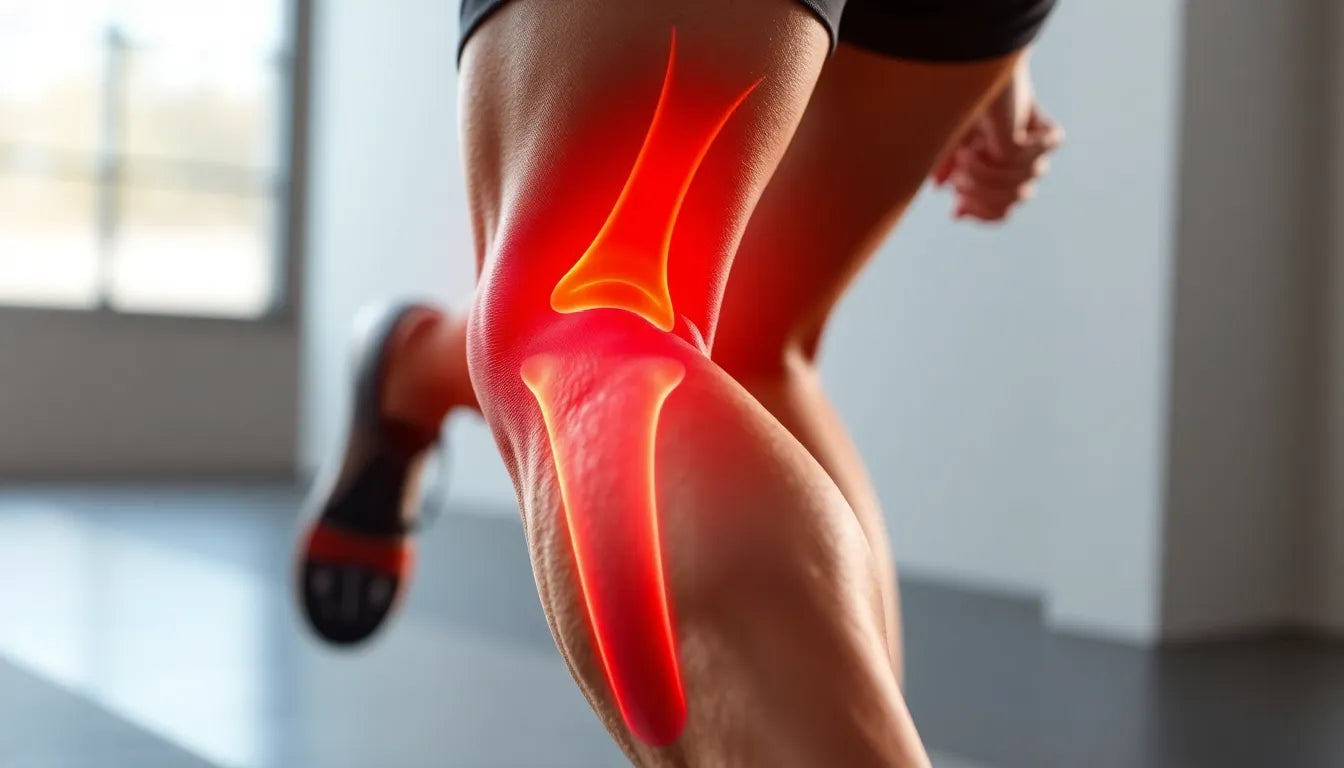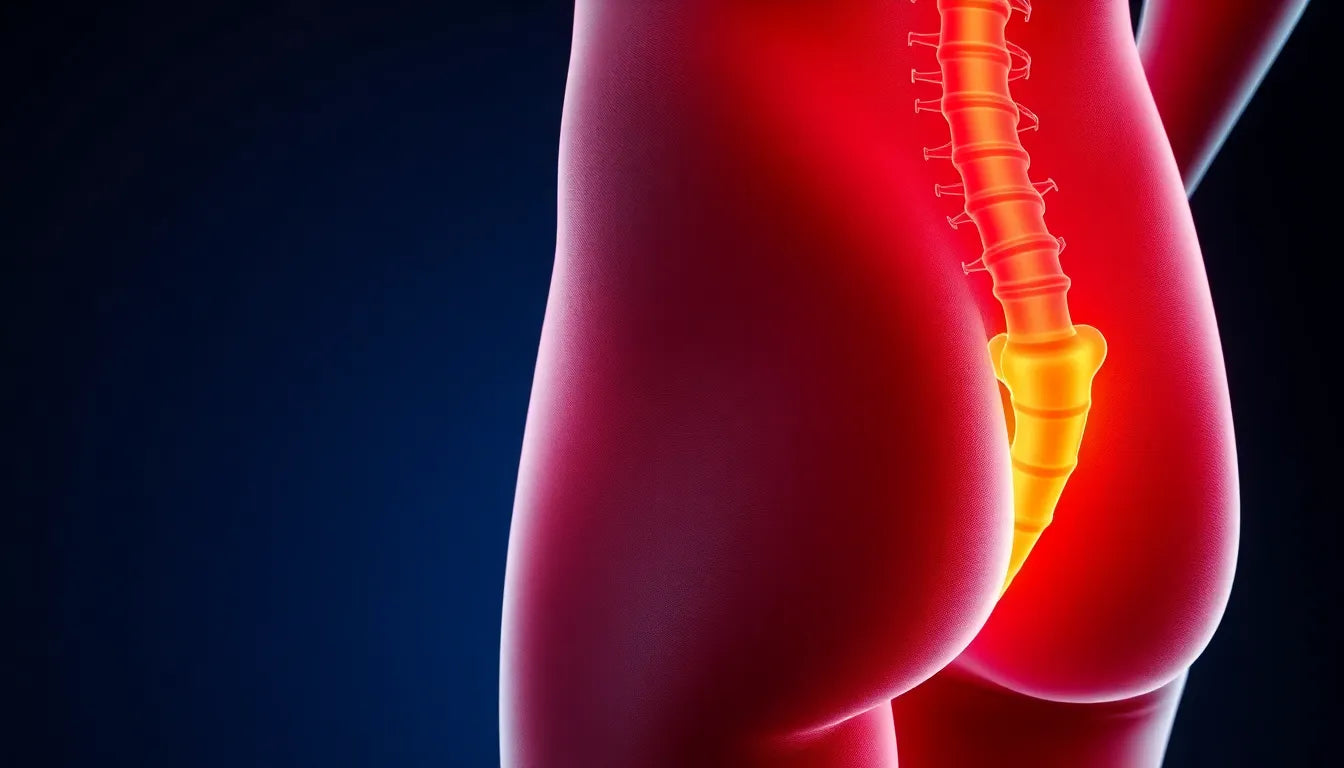Back pain, or rygsmerter, is a pervasive issue that affects a significant portion of the population, both in Denmark and worldwide. This common ailment can disrupt daily routines, leading to reduced mobility, persistent discomfort, and in some cases, long-term health complications. Understanding the underlying causes and exploring effective treatments are crucial steps in managing and preventing back pain.
The widespread impact of back pain
Statistics reveal that back pain is one of the leading causes of disability globally. In Denmark, it's estimated that a substantial percentage of adults experience back pain at some point in their lives, with many suffering from either acute or chronic forms. Acute back pain often results from sudden injuries or strain, while chronic back pain can persist for weeks, months, or even longer, often due to underlying health conditions or repetitive stress.
The impact of rygsmerter extends beyond physical discomfort. It can affect one's ability to work, participate in leisure activities, and even perform simple daily tasks. This can lead to a decrease in quality of life and, in severe cases, contribute to mental health issues such as anxiety and depression. Therefore, addressing back pain is not only about alleviating physical symptoms but also about improving overall well-being.
Understanding the causes and treatments
Back pain can arise from various causes, ranging from muscle spasms and herniated discs to osteoarthritis and overexertion. Each of these conditions presents unique challenges and symptoms, necessitating a tailored approach to treatment. Acute injuries might require immediate attention and rest, whereas chronic conditions often benefit from long-term management strategies.
The purpose of this blog post is to equip readers with a comprehensive understanding of rygsmerter, covering its causes, symptoms, and the most effective methods for relief and prevention. By delving into these aspects, we aim to provide practical insights and guidance that can help individuals manage their back pain more effectively and prevent future occurrences.
Whether you're experiencing mild discomfort or more severe symptoms, understanding the intricacies of back pain and exploring various treatment options can empower you to take control of your health. Stay tuned as we delve deeper into the common causes of back pain, explore symptoms and diagnosis, and outline a range of treatment options, from conservative approaches to medical interventions and preventive measures.
common causes of rygsmerter
Understanding the root causes of rygsmerter is essential for effective treatment and prevention. Common causes include muscle spasms, often resulting from sudden movements or lifting heavy objects improperly. Disc herniation, another prevalent cause, occurs when the soft center of a spinal disc pushes through a crack in the tougher exterior casing, leading to pain and discomfort.
Osteoarthritis, a degenerative joint disease, can also contribute to back pain by wearing down the cartilage that cushions the spine's joints. Additionally, overexertion, such as intense physical activity without proper preparation or rest, can lead to muscle strain and back pain. It's crucial to differentiate between acute injuries, which are sudden and often resolve with treatment, and chronic conditions that require ongoing management. Identifying the specific cause of your back pain can guide you towards the most effective treatment strategy.
symptoms and diagnosis of back pain
Rygsmerter manifests in various ways, with symptoms ranging from mild discomfort to severe pain. Common symptoms include stiffness, reduced mobility, and pain that can localize in different parts of the back, such as the lower back, thoracic spine, or neck. In some cases, the pain may radiate to the legs or arms, indicating nerve involvement.
Diagnosing back pain typically involves a thorough physical examination by a healthcare professional. They may assess your range of motion, check for areas of tenderness, and evaluate your medical history. Imaging tests, such as X-rays, MRI, or CT scans, may be necessary to pinpoint the underlying cause, especially if the pain persists or worsens. Early diagnosis is key to preventing further complications and tailoring an effective treatment plan.
treatment options for rygsmerter
When it comes to treating rygsmerter, a range of options is available, depending on the severity and underlying cause of the pain. Conservative treatments are often the first line of defense. These include over-the-counter painkillers like paracetamol or ibuprofen, which help manage pain and inflammation. Heat and cold therapy can also provide relief by reducing muscle tension and swelling. Gentle activity, such as walking or stretching, is encouraged to maintain mobility and prevent stiffness.

Men's Posture Shirt™ - Black
Patented technology shirt activates muscles, relieves pain, and improves posture for work or exercise.

Lumbar support belt
Adjustable lower back belt relieves pain, stabilises, and combats tension or herniated discs.
Physical therapy and manual treatments play a significant role in managing back pain. Physiotherapy focuses on strengthening the muscles that support the spine, improving flexibility, and enhancing joint mobility. Techniques like joint mobilization and trigger point therapy can alleviate muscle tension and improve function. Manual treatments, such as chiropractic adjustments and massage therapy, offer additional relief by realigning the spine and relaxing tight muscles.
In some cases, medical interventions may be necessary. Muscle relaxants, corticosteroid injections, and antidepressants can be prescribed to manage pain and improve quality of life. Surgery is generally considered a last resort, reserved for severe cases involving significant nerve compression or disc herniation that do not respond to other treatments.
preventive measures to avoid back pain
Preventing rygsmerter involves adopting a proactive approach to health and wellness. Maintaining an active lifestyle is crucial, as regular physical activity strengthens the muscles that support the spine and improves overall flexibility. It's important to focus on exercises that promote core strength and stability.
Proper ergonomics can also play a pivotal role in prevention. Ensuring that your workspace is set up to support good posture can help reduce strain on the back. This includes using ergonomic chairs and desks, positioning computer screens at eye level, and taking regular breaks to stretch and move around.
Weight management is another critical factor in preventing back pain. Excess weight can put additional stress on the spine, leading to discomfort and pain. A balanced diet and regular exercise can help maintain a healthy weight, reducing the risk of developing rygsmerter.
By understanding the causes, recognizing symptoms, and exploring various treatment and prevention strategies, individuals can take control of their back health and reduce the impact of rygsmerter on their daily lives.
integrated treatment approaches for rygsmerter
In recent years, there has been a growing trend towards integrated treatment approaches for rygsmerter, emphasizing the benefits of combining multiple therapies to achieve optimal results. This multidisciplinary strategy involves a tailored plan that may include a combination of physical therapy, manual treatments, medication, and lifestyle modifications. By addressing the diverse aspects of back pain, patients can experience more comprehensive relief and improved overall well-being.
For instance, integrating physiotherapy with chiropractic care can enhance spinal alignment and muscle function, while incorporating stress management techniques can help reduce tension that may exacerbate pain. Additionally, personalized exercise routines designed by healthcare professionals can strengthen the core and back muscles, providing better support for the spine and reducing the risk of future injuries.
when to seek professional help for rygsmerter
While many cases of rygsmerter can be managed at home with conservative treatments, there are certain signs that indicate the need for professional intervention. Severe pain that does not improve with rest or over-the-counter medication, persistent immobility, or symptoms such as numbness or weakness in the limbs should prompt a visit to a healthcare provider.
It's crucial to seek medical advice if back pain is accompanied by unexplained weight loss, fever, or a history of cancer, as these could be indicative of more serious underlying conditions. Early diagnosis and treatment can prevent further complications and facilitate a quicker recovery.
frequently asked questions
what are the most common causes of back pain?
The most common causes of rygsmerter include muscle strain, poor posture, and degenerative conditions such as osteoarthritis. Other contributors can be herniated discs and overexertion from physical activities.
how can I relieve back pain at home?
To relieve rygsmerter at home, you can use heat or ice packs, maintain gentle activity, and perform exercises designed to stretch and strengthen the back muscles. Over-the-counter pain medications can also help manage discomfort.
is surgery always necessary for back pain?
Surgery is not always necessary for rygsmerter and is typically considered a last resort. It is usually reserved for severe cases, such as significant nerve compression or a herniated disc that does not respond to other treatments.
how can I prevent back pain from recurring?
Preventing rygsmerter involves maintaining good posture, engaging in regular exercise to strengthen core and back muscles, and managing a healthy weight to reduce stress on the spine. Proper ergonomics at work and home can also play a significant role in prevention.
when should I see a doctor for back pain?
You should see a doctor for rygsmerter if you experience severe pain that persists despite home treatment, numbness or weakness in the limbs, or if the pain is accompanied by other concerning symptoms like fever or unexplained weight loss.
Kilder
- Apollo Hospitals. (n.d.). "What Causes Back Pain."
- Apexklinikken. (n.d.). "Ryggsmerter."
- Dr. Dropin. (n.d.). "Korsryggsmerter."
- Akutt Kiropraktikk. (n.d.). "Behandling av Ryggsmerter."
- Helsebiblioteket. (n.d.). "Skiveprolaps."
- Helsenorge. (n.d.). "Ryggsmerter."
- Rehaboteket. (n.d.). "Ryggsmerter Guide."
- Aleris. (n.d.). "Spesifikke Ryggsmerter."


















